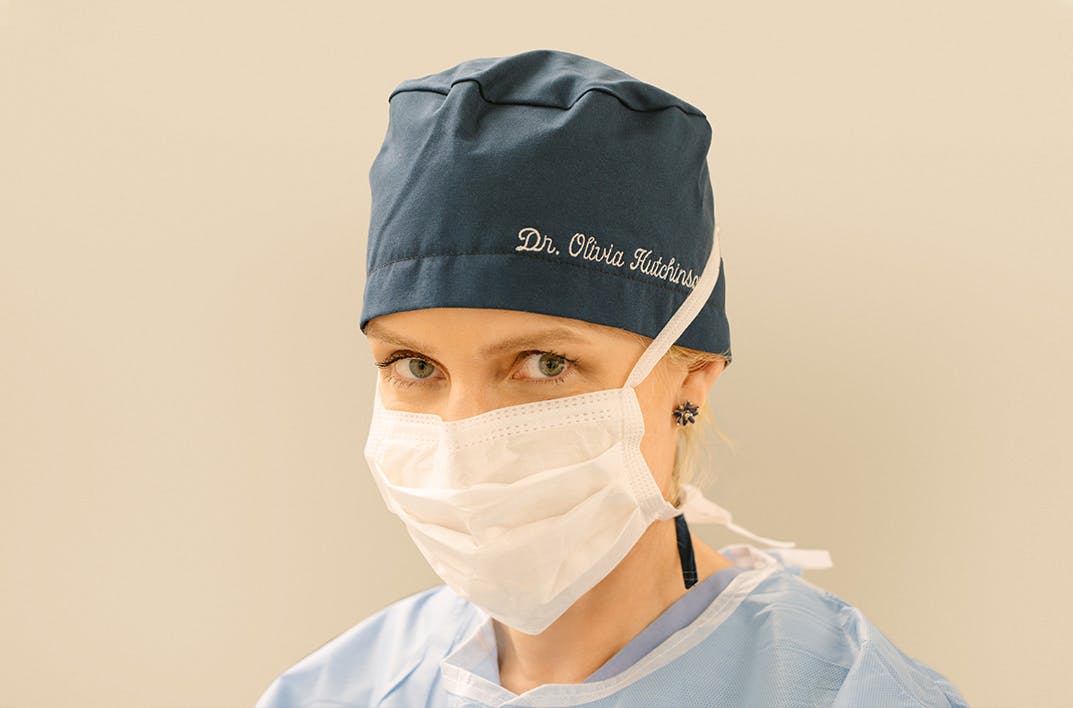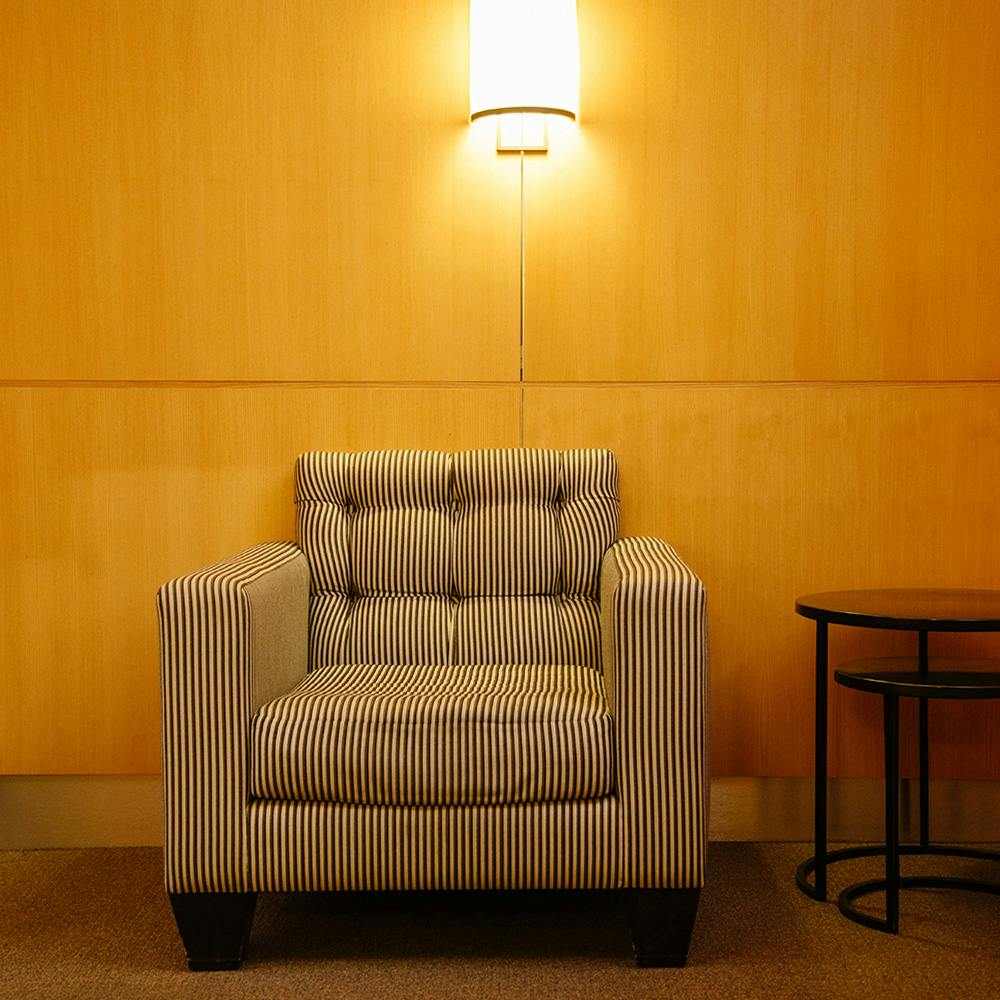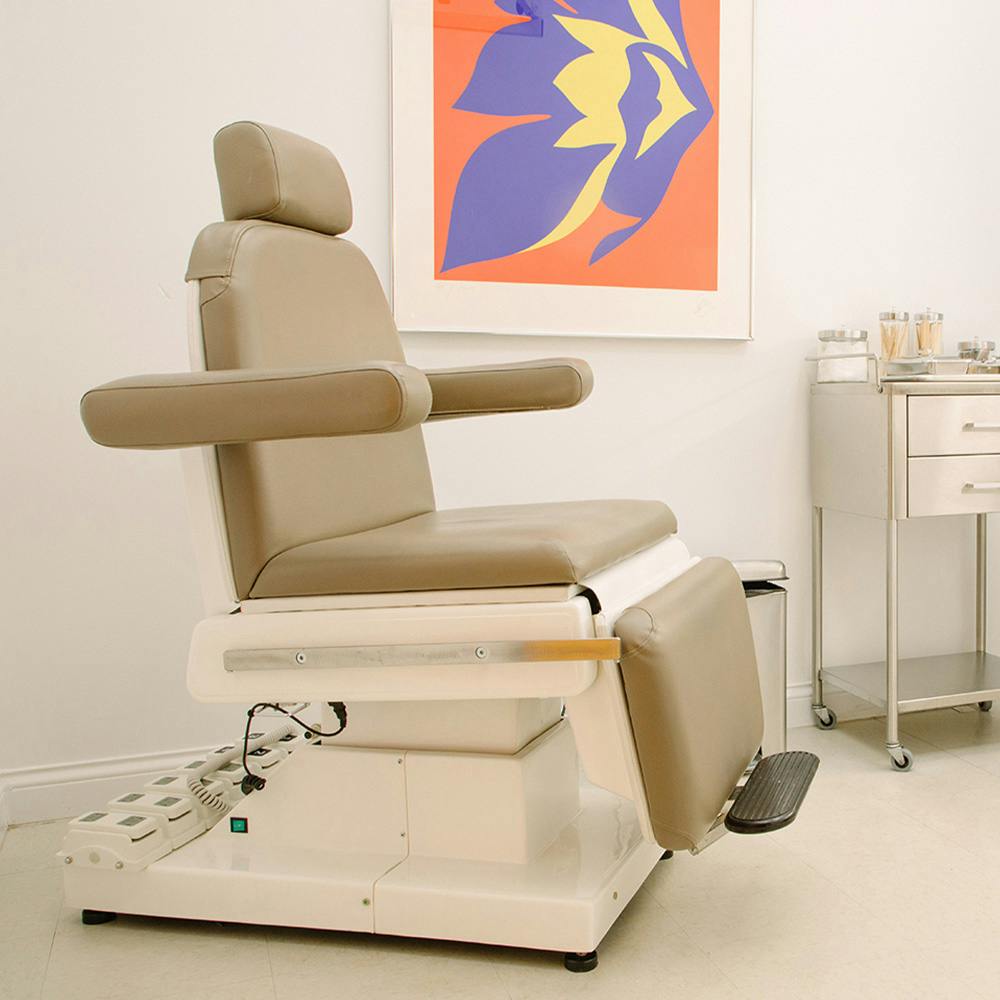Plastic surgery of nipples and areolas can be performed either as a standalone procedure or alongside other cosmetic breast plastic surgery such as breast augmentation, breast lift, or breast reduction. As a Fellowship educated, board certified plastic surgeon caring for patients from NYC and beyond, Dr. Hutchinson’s meticulous attention to detail and artistic eye ensure natural-looking results aligned with your unique wishes for improvement.
Key Benefits of Nipple and Areola Surgery
- Improvements are immediate
- Nipples are reduced to their correct size and shape
- Can be performed as a standalone procedure
- Results are long-lasting
- Self-image and confidence are boosted












